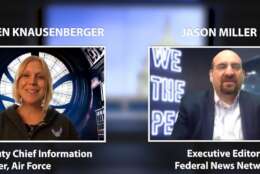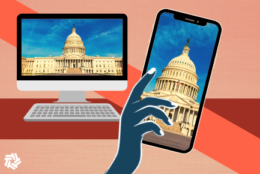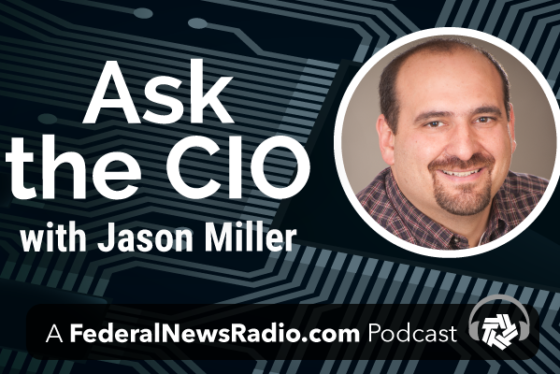IT Modernization
-
Veterans Affairs is going live with an initial set of electronic health record capabilities at its first site. The rollout is an achievement after years of preparations, but may not serve as an indicator of the long-term modernization prospects.
October 23, 2020 -
As public sector organizations review remote work progress to date, most are planning for sustained telework — how to evolve virtual infrastructure to keep employees safe, productive, and connected regardless of location. COVID-19 swiftly eliminated…
October 22, 2020 -
Incoming presidential administrations have no dearth of advice, and ACT-IAC wants the next administration to take advantage of data driven technology innovations.
October 22, 2020 -
Census Bureau officials have compressed the 2020 deadline to deliver apportionment data to Congress and the president by the end of the year, but haven’t committed to meeting that deadline if the accuracy of the data isn’t sufficient.
October 21, 2020 -
Lauren Knausenberger, the deputy chief information officer of the Air Force, said each initiative is moving the service forward and toward a better future, but it was the coronavirus pandemic that in many ways added fuel to the fire.
October 21, 2020 -
A project leader explains why patented methodology developed in house is shelved.
October 21, 2020 -
“Our organization has about 4,000 people scattered in about 50 locations. And thanks to COVID, it’s become 4,000 locations,” said Roy Varghese, the chief information officer at NOAA Fisheries.
October 20, 2020 -
Customer experience from government agencies has a long way to go. That's the principal finding in the latest survey by Forrester Research.
October 20, 2020 -
The State Department created an intra-agency team to reimagine many of its business and administrative processes now that the initial urgency of the pandemic has passed.
October 20, 2020 -
Phil Carrai, President of the Space, Training and Cybersecurity division at Kratos, joins host John Gilroy on this week's Federal Tech Talk to discuss how a surge in satellite launches has spurred innovation in the ground systems that get data from them.
October 20, 2020 -
The second annual Nutanix Enterprise Cloud Index (ECI) surveyed more than 2,500 global IT decision makers. The findings of the survey uncovered a clear trend: The public sector has a strong desire to invest in digital transformation.
October 19, 2020 -
By now the stories are legend, how government agencies managed to pivot their workforces to accommodate the pandemic. Underneath that is a big technological shift that's still unfolding.
October 19, 2020 -
This week on Amtower Off Center, ATARC CEO Tom Suder joins host Mark Amtower to discuss how is company is his company is helping government agencies and contractors resolve their toughest technology challenges.
October 19, 2020 -
The rush to mandatory telework in the early months of the coronavirus pandemic laid bare the state of agencies’ investment — or lack thereof — in IT infrastructure. That same lesson holds true for agency…
October 19, 2020 -
The General Services Administration's Schedules Consolidation initiative continues apace, with the agency and its contractors implementing Phase 3, the consolidation of multiple schedule contracts into a single contract for those impacted contractors.
October 16, 2020
















